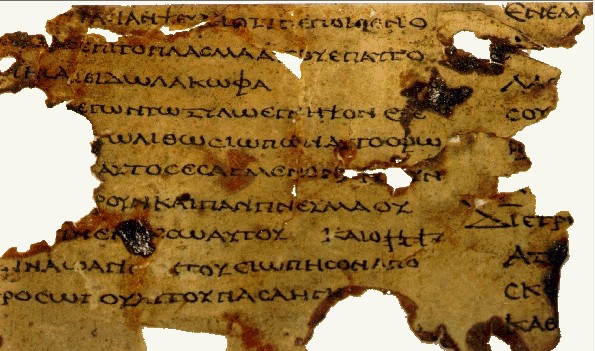
Beginning in the 40ís, with the first discovery of the Dead
Sea Scrolls, by a shepherd boy, archaeologists have uncovered many more caves
and a whole community area. Within the Cave number 4, scrolls and fragments
were numbered by the order in which they were discovered, amongst the scrolls
and fragments of Hebrew and Aramaic documents, there were fragments of scrolls
in Greek. The Greek fragments were of the Minor Prophets. You can see very
clearly the Greek script, with Hebrew Script inserted in certain places. The
Hebrew script is Paleo-Hebrew. The insertions of the Paleo-Hebrew, are of† the name YHWH. The
Paleo-Hebrew is varied, from the hands of different scribes. The Paleo-Hebrew
is the same as that of the 6th century BCE. Similar
to that of the

![]()
